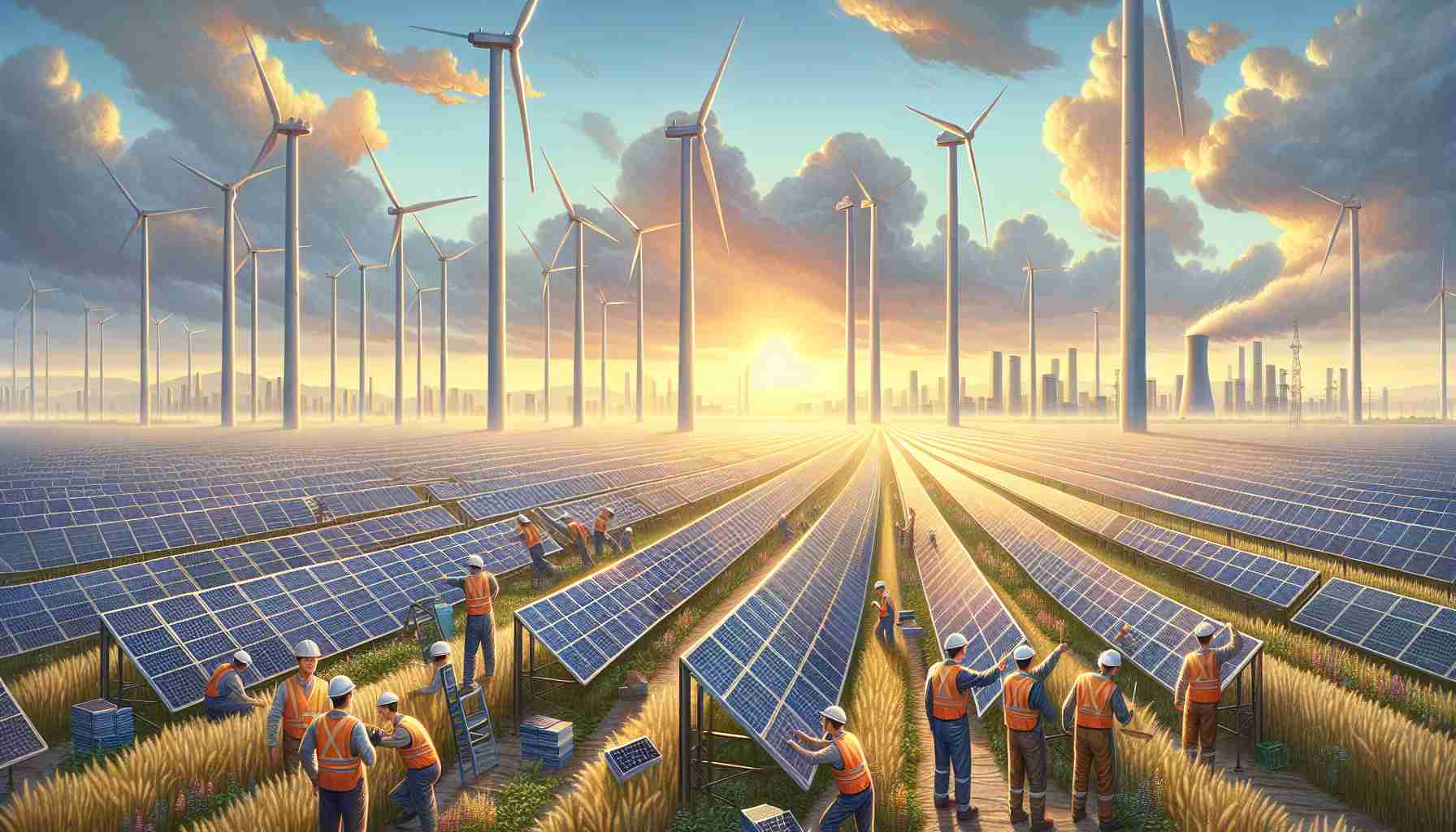Apple is set to transform the smartphone manufacturing landscape by potentially doubling its iPhone production in India to exceed $30 billion annually within the next two years. This ambitious shift is partly due to possible heavy tariffs by the U.S. on Chinese imports, which could reach 60-100% if former President Donald Trump returns to office.
India’s manufacturing boom may see a dramatic increase from the current $15-16 billion in iPhone production. A knowledgeable source mentioned that India stands to gain significantly, especially in electronics, as it could absorb a good share of the production duties currently handled in China.
During Trump’s previous presidency, a 25% tariff was imposed on Chinese goods. If Trump’s threats to intensify tariffs on Chinese exports materialize, Apple might transfer a considerable portion of its iPhone production to India. This move could create 200,000 jobs and elevate India’s contribution in the iPhone manufacturing ecosystem to over 26%, up from the current 12-14%.
Industry expert Neil Shah emphasized the enormous potential for increased production value in India, particularly with more premium models and iPhone Pros rolling off Indian production lines. However, the magnitude of this shift hinges on the proactive responses of the Indian government in addressing efficiency and policy challenges.
India’s Rising Influence is already significant. Having shifted 12-14% of its iPhone production to India over the past three years, Apple’s move aligns with India’s smartphone production incentives.
Foxconn, Pegatron, and Tata Electronics are key partners in this endeavor. Tata’s new plant in Hosur, expected to employ 40,000, marks a pivotal step toward Apple’s goal. With potential U.S. tariffs looming, Apple is likely to expedite its plans over the next 12 months.
Will India’s iPhone Surge Redefine Global Manufacturing?
In the dynamic world of global technology manufacturing, India is poised to take a bold step forward, potentially transforming not only its economic landscape but also challenging traditional manufacturing hubs like China. This major shift could have profound implications for people, communities, and countries worldwide.
The bigger picture reveals not only Apple’s strategic moves but a larger trend driven by global economic pressures and geopolitical shifts.
Exciting Prospects and Economic Benefits
The anticipated rise in iPhone production to over $30 billion annually represents a remarkable opportunity for India. Beyond the direct economic benefits, such as job creation and a boost in GDP, the surge in manufacturing could also position India as a significant player in the high-tech manufacturing sector worldwide. The creation of over 200,000 jobs isn’t merely about new employment opportunities; it also means a substantial upskilling of the workforce. As Indian workers engage in advanced manufacturing processes, the nation’s technical expertise will rise, potentially attracting more high-tech industries in the future.
Communities close to the manufacturing sites could experience rapid development. Improved infrastructure, better educational facilities, and enhanced local economies are potential boons for areas like Hosur, where Tata’s new plant will be. Residents might see better roads, schools, and hospitals as a direct result.
Challenges and Pressures
Transitioning massive production operations is not devoid of challenges. The Indian government faces the task of creating an environment conducive to large-scale, high-tech manufacturing. Policy frameworks must address issues such as labor laws, taxation, and import/export regulations to attract and retain manufacturing giants like Apple.
Moreover, infrastructure development must match the pace of industry needs. Reliable power supply, efficient transportation networks, and robust logistics systems are vital to ensure seamless manufacturing and distribution processes.
Advantages and Disadvantages
While the shift to Indian manufacturing offers numerous advantages, there are also potential downsides to consider.
Advantages:
– Economic Growth: Increased production means higher GDP, improved trade balance, and more jobs.
– Skill Development: Workers gain technical skills, boosting India’s overall expertise.
– Global Stature: India enhances its reputation as a reliable manufacturing hub.
Disadvantages:
– Infrastructure Strain: Rapid expansion could stress current infrastructure capabilities, leading to bottlenecks.
– Environmental Concerns: Increased industrial activity may have adverse environmental impacts if not managed sustainably.
– Competition Among States: Regional governments might compete fiercely, leading to unequal development.
Intriguing Questions to Ponder
As India stands on the brink of this transformational shift, several pressing questions arise:
– Can India replicate China’s manufacturing success? The next few years will reveal if India can match China’s prowess in terms of scale and efficiency within tech manufacturing.
– Will the local workforce be upskilled rapidly enough? Ensuring that employees have the necessary technical skills is crucial.
– How will China react? As production shifts from China, how will it adjust its strategies and maintain its economic growth?
This potential recalibration of global manufacturing highlights the ever-evolving nature of international trade dynamics and the impact of geopolitical developments on industry decisions. As the world watches, India’s rise in iPhone production might redefine the global landscape of technology manufacturing.
For further insights into India’s burgeoning technology sector and its implications for the global economy, check out these resources:
– BBC
– CNN
– Financial Times
– Forbes




























